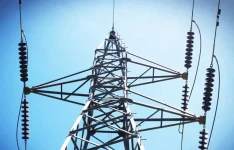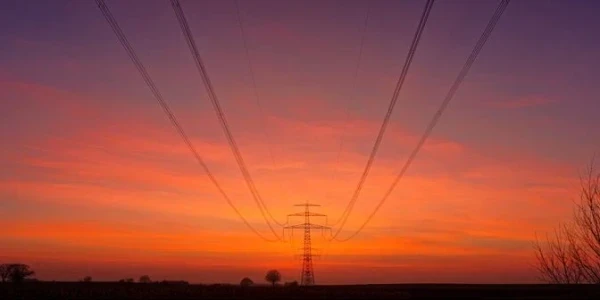
PG&E Secures $15B Loan for Energy Upgrades
Pacific Gas and Electric Company (PG&E), a major utility serving Northern and Central California, has secured a conditional $15 billion loan guarantee from the U.S. Department of Energy's (DOE) Loan Programs Office. This funding aims to enhance PG&E's hydropower generation, battery storage capabilities, and transmission infrastructure, marking a significant investment in the region's energy future.
Project Overview
The loan is designated for several key initiatives:
-
Hydropower Expansion: Refurbishing and upgrading existing hydroelectric facilities to increase...














